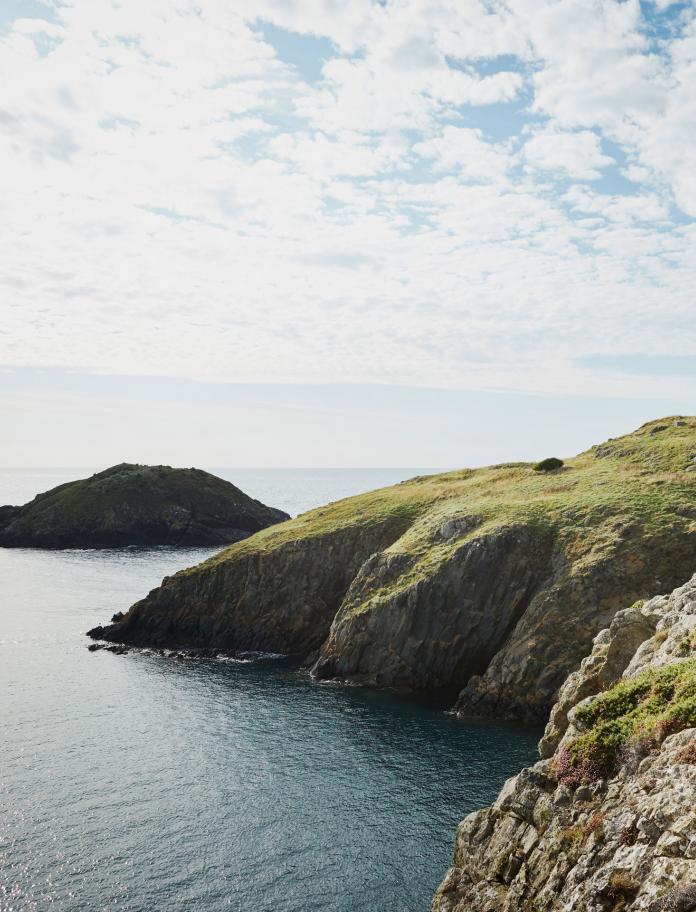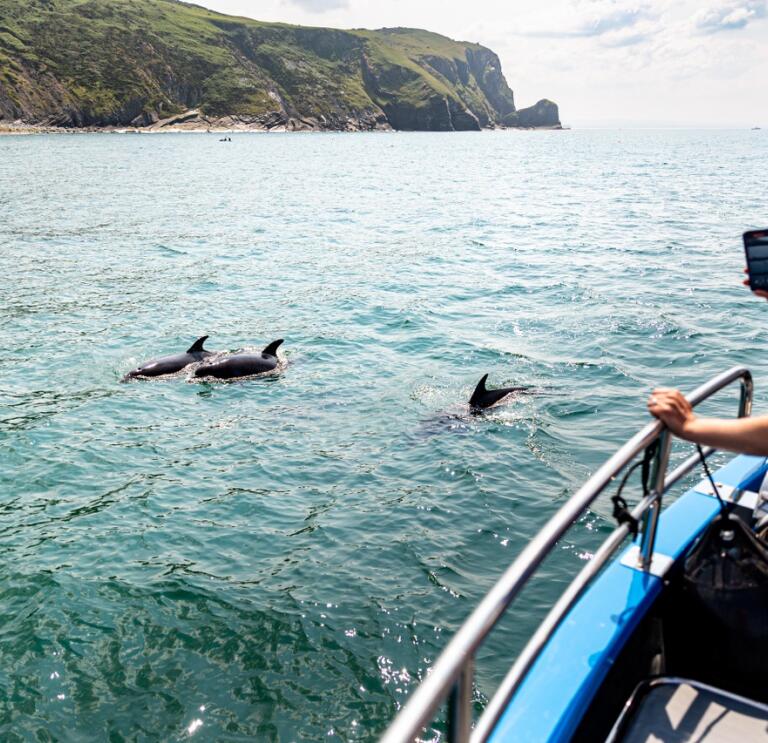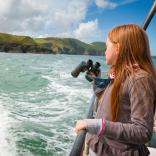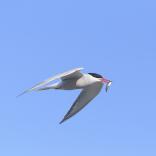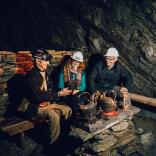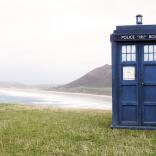Teeming with dolphins
Britain’s biggest resident population of dolphins lives in Cardigan Bay. You can see our bottlenose dolphins all year round, but depending on where and when you go, you can raise your chances of spotting them to a near-certainty. Summer months are best, with New Quay being the hottest spot. Local boat trips can take you to Aberporth, Mwnt, Cardigan Island and Cemaes Head and you've a good chance of seeing dolphins in their natural habitat.
Their smaller cousins, harbour porpoises, can be seen around most of the Welsh coast: as well as the dolphin hotspots listed below, you can often see porpoises off the coast of Gower, the Pembrokeshire islands, and in the seas off Anglesey and the Llŷn Peninsula. And if you’re really lucky, the odd orca or humpback whale might just swim by…
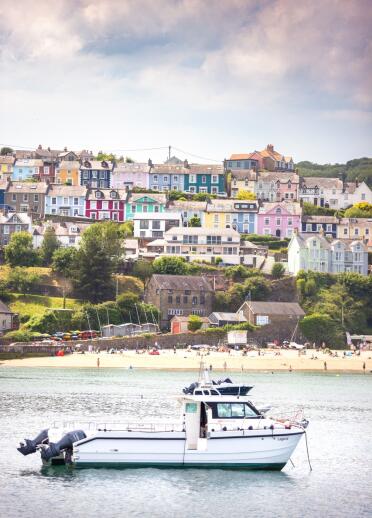
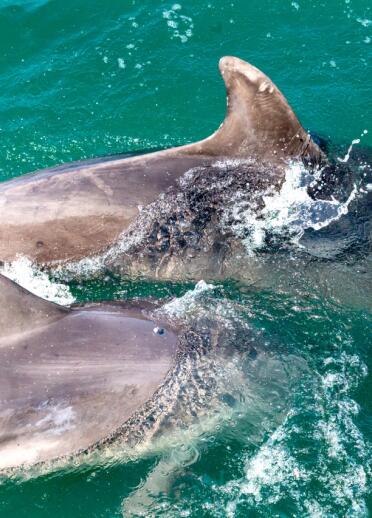
Aberystwyth
Early summer is the best time to spot dolphins in Aberystwyth, as they head south to their New Quay summer residence. While you’re walking the promenade, remember to kick the low railing that marks the northern end of the prom (a venerable local tradition known as ‘kicking the bar’).
Aberaeron
There are wildlife boat trips from Aberaeron’s pretty harbour, or you could just buy a honey ice cream, sit on the harbour wall and take your chances.
A Welsh name for dolphin is ‘morhwch’, which means ‘sea pig’, which seems a little harsh. But then, the Latin name for the grey seal is ‘halichoerus grypus’, meaning ‘hook-nosed sea pig’.
New Quay
Welcome to dolphin central. You’re almost guaranteed to spot a dolphin from the harbour wall here during the summer. To increase your chances even further, take one of the daily charter boats out into Cardigan Bay. Dolphin Spotting Boat Trips is the longest-established company in New Quay. Its fleet has the newest vessels and it actively supports the Sea Watch Foundation to assist in the monitoring of the dolphin population in Cardigan Bay. Make sure you call in at the Cardigan Bay Marine Wildlife Centre (it’s free) to find out more about dolphins, porpoises, whales and other marine animals.
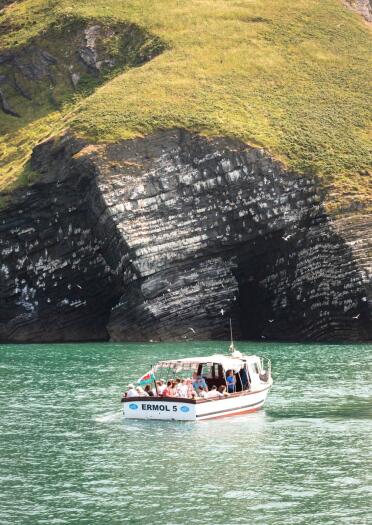
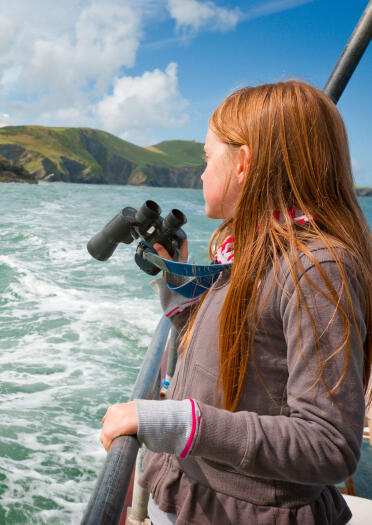
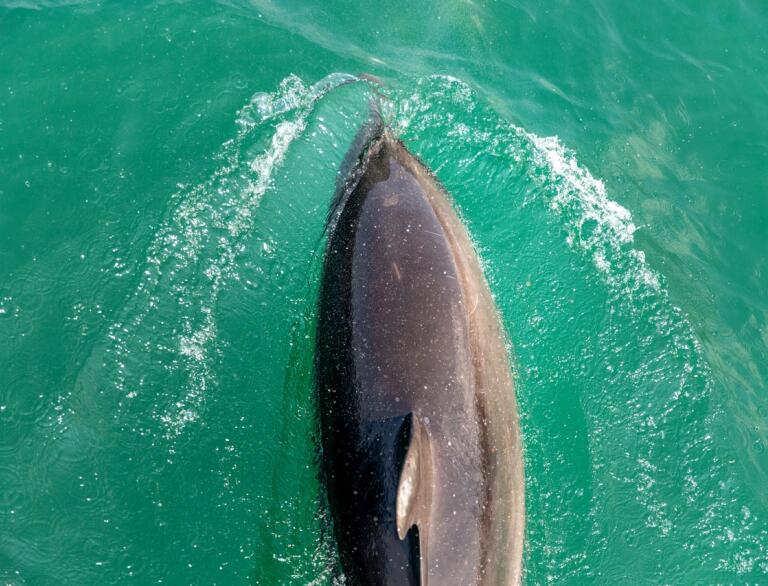
Ynys Lochtyn
A trip to Llangrannog is a rite of passage for every Welsh-speaking child: the Urdd youth movement has its residential activity centre here. Walk along to the end of the splendid Ynys Lochtyn promontory for a good chance of seeing dolphins and porpoises (and above you, choughs and peregrines).
Aberporth
The section of Coast Path leading north from Aberporth is wheelchair-friendly, so it’s a good all-access dolphin-spotting vantage point. Incidentally, the opposite headland is an MOD base for testing rockets, guided missiles, and drones – but they’ve invented a sonar listening system to detect when dolphins and other cetaceans are in the area, so no marine mammals get accidentally zapped.
In 2013 a dolphin swam several miles up the River Dee in Flintshire. It became briefly stuck on sandbanks before being returned to the sea by the RNLI. Locals named the dolphin ‘Dave’.
Mwnt
Mwnt is a delightful hidden cove, a postcard-perfect beach, and the hillock that rises above it (which comes with a complimentary 14th century church) is a brilliant place for families to sit and watch the dolphins, seals and porpoises swim by.
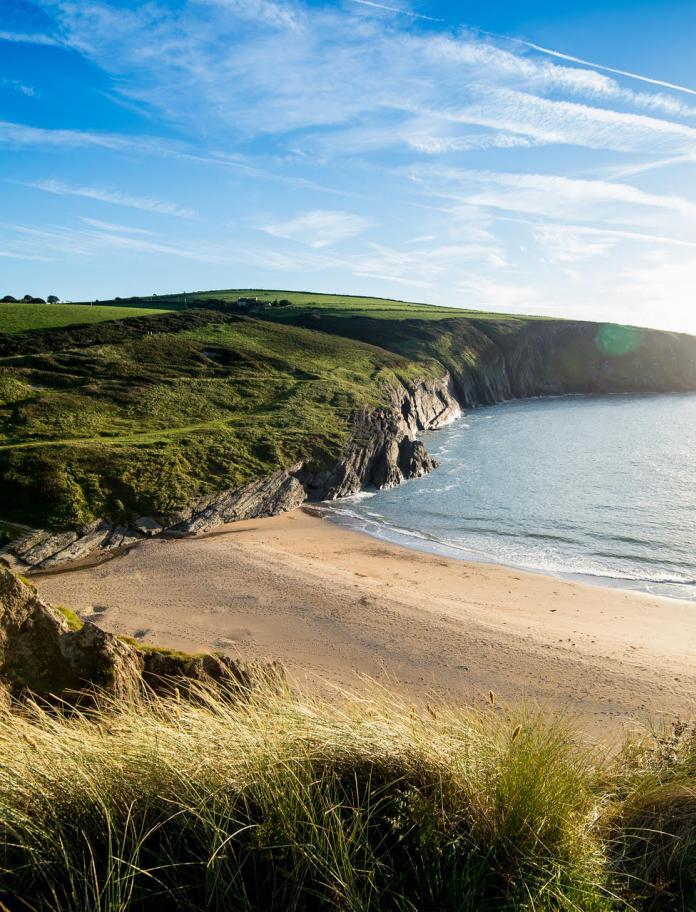
Cardigan Island
Cardigan Island is owned by the Wildlife Trust of South & West Wales and is just 200 metres from the coast at Gwbert. It is a favourite spot for dolphins as well as nesting sea birds in the spring, early summer and seals all year round. Access to the island is limited, however the Cardigan Island Coastal Farm Park overlooks the island and you can see dolphins and seals from the headland.
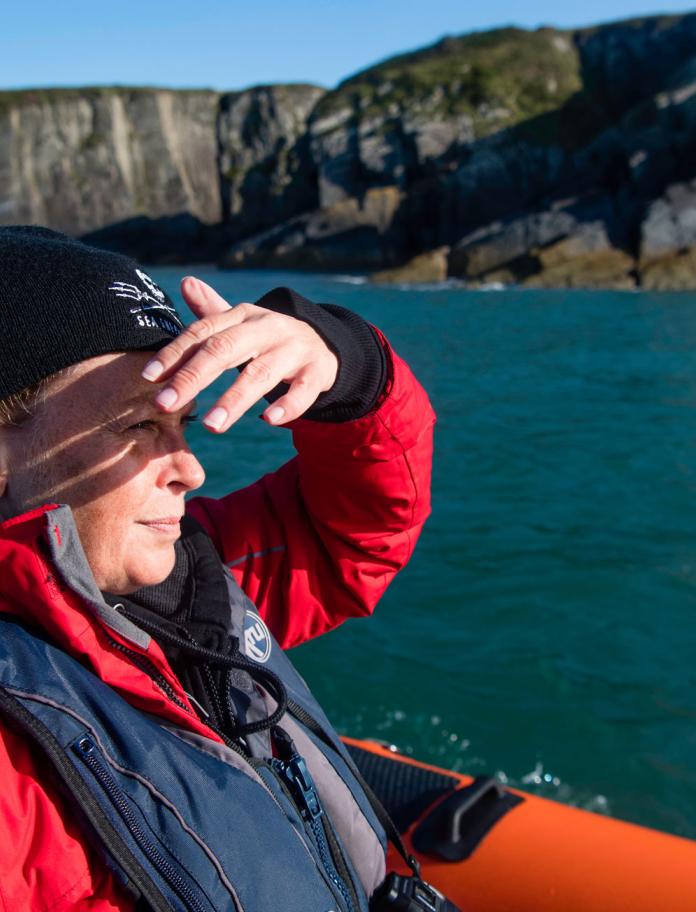
Cemaes Head
Cemaes Head is one of the lesser-trodden parts of Coast Path. Its sloping cliff-top nature reserve offers great views across the bay to Cardigan Island (another nature reserve) and the seas in between, which are frequented by seals and cetaceans.
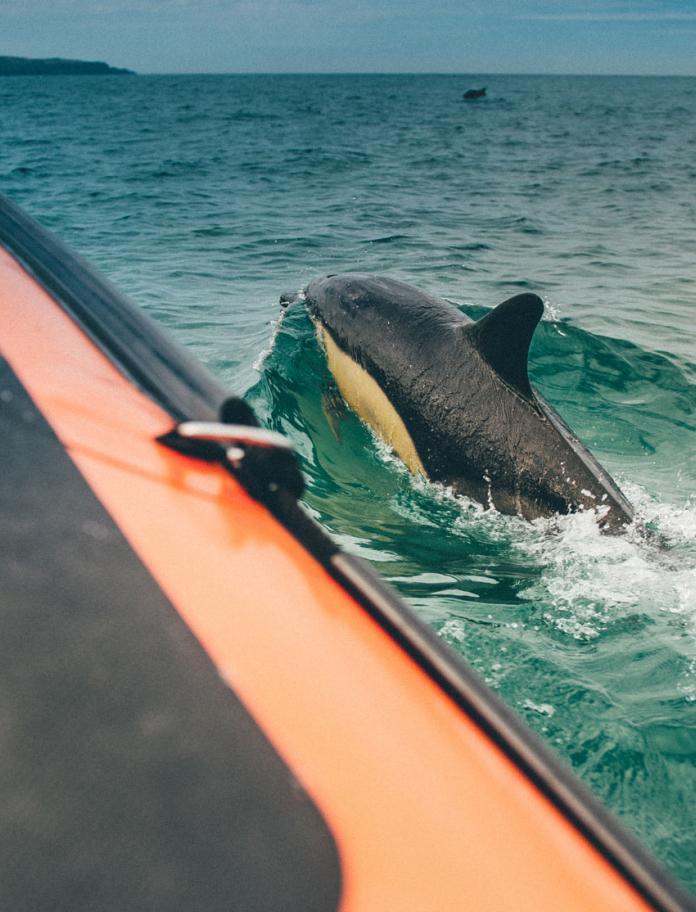
Dinas Head
This is the highest point along the Pembrokeshire Coast Path, so there’s plenty of sea to scan for dorsal fins and blowholes. There’s a lovely circular walk around the headland between Cwm-yr-Eglwys and Pwllgwaelod, which cuts back through woods to your starting point.
Strumble Head
Pencaer, as it’s known locally, is one of Britain’s very best sea-watching spots. The Cardigan Bay dolphins rarely come this far south, but it’s a great spot for porpoises, and mothers with calves are seen all year round. You may also see Risso’s and common dolphins, and if you’re lucky, basking sharks, orca and sunfish. Fin, humpback and minke whale have all been recorded, too.
